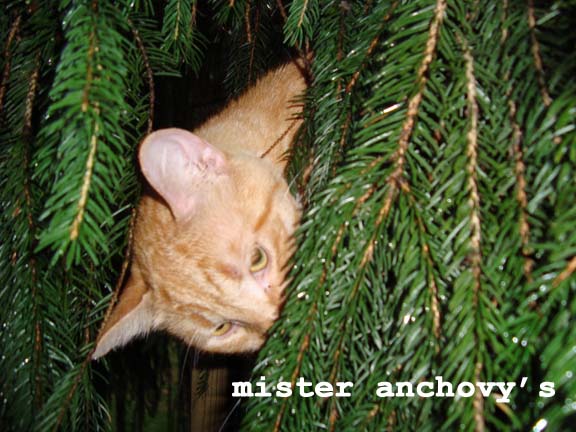On observation
The other day I wrote about some similarities between my experiences fly fishing and mushroom hunting. Another similarity between the activities has to do with the development of focused observation.
In fly fishing, after a while, you're out there on stream and you start to notice the bugs and how the trout are reacting to them quite clearly. I recall being on the Crowsnest River one late September day several years ago. It was snowing and it was my first time on the river and I hadn't seen any trout. Then I noticed a flash in the stream and another one, and as I concentrated on looking into the water, I started to see a number of trout, angled down, grabbing nymphs from the bottom, flashing as they turned. There are sometimes clues to the behavior of the trout: a splashy rise, a tail rise, seeing the back of the trout, a gentle pop or a slurp on the surface. The same thing happens over and over and at a certain point it is clear what is happening, what stage of the life cycle of the insect the trout is eating. And they can be very very selective.
In mushroom hunting, you need to train your eye to pick up on clues in much the same way. There is a lot of forest to look at, but you're looking for mushrooms, not just looking around. The first time I found chanterelles, they were around me but I couldn't see them, but once I picked a few, I started to see the telltale bits of yellow peeking out from under leaves. One of the things you have to learn how to do is to slow down. If you don't slow down and focus around you, you won't see what is there for you to see.
My brother has a knack for finding lobster mushrooms. These are curious items, these lobster mushrooms. They are actually the result of a mold attacking a mushroom, turning it lobster red, and transforming an unpalatable mushroom into a tasty edible along the way. I've never found one, yet going to the same forests, my brother finds them almost every time out. They reveal themselves, he tells me, as little bits of red under leaves, and sometimes as just bumps in the leafy surface of the forest floor. Salvalinas has somehow or another learned see those bumps, or find those little bits of red that I don't yet see. I expect that once I find a few of them, I'll start to see the signs in a similar way.
Occasionally, of course, nature hits you over the head, no subtlety involved. For instance, there was the day we found the large chicken mushroom. We were walking through the woods and I saw something screaming red. I thought somebody had left a red hunting jacket in the woods and that was what I had glimpsed. It turned out to be pounds of chicken mushroom, bright red-orange on top and yellow on the bottom. Impossible for even a newbie like me to miss.









